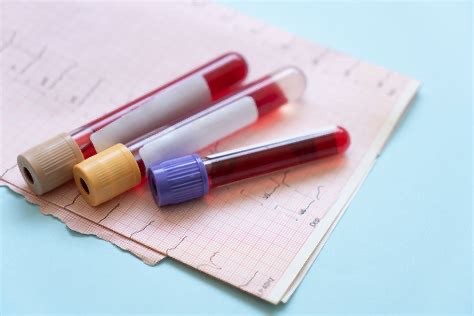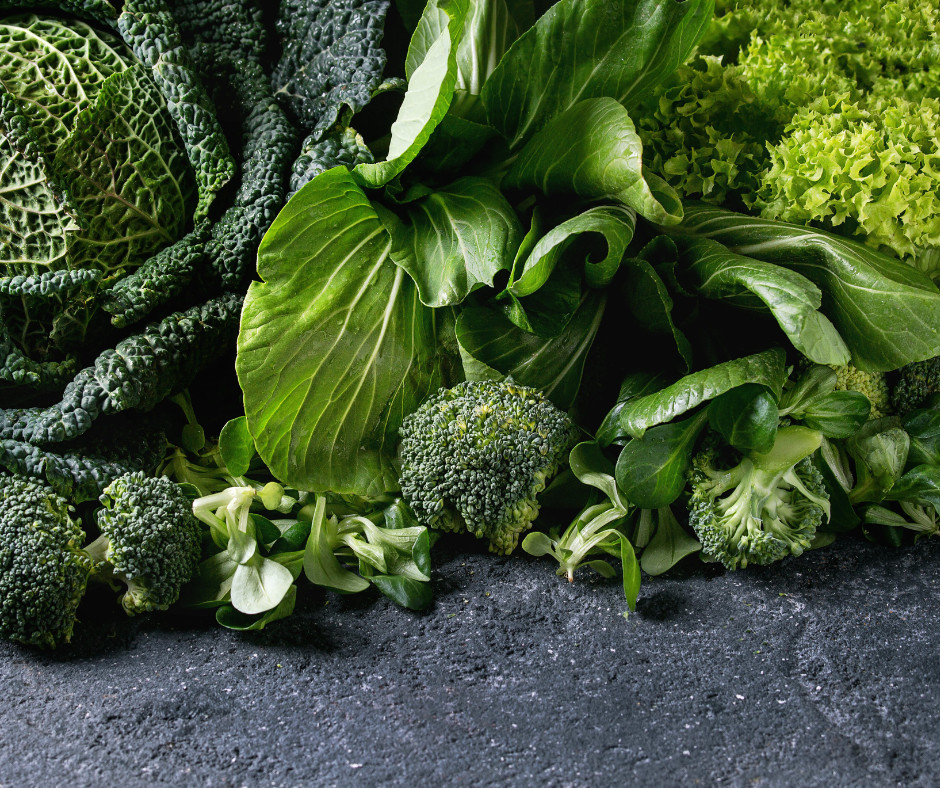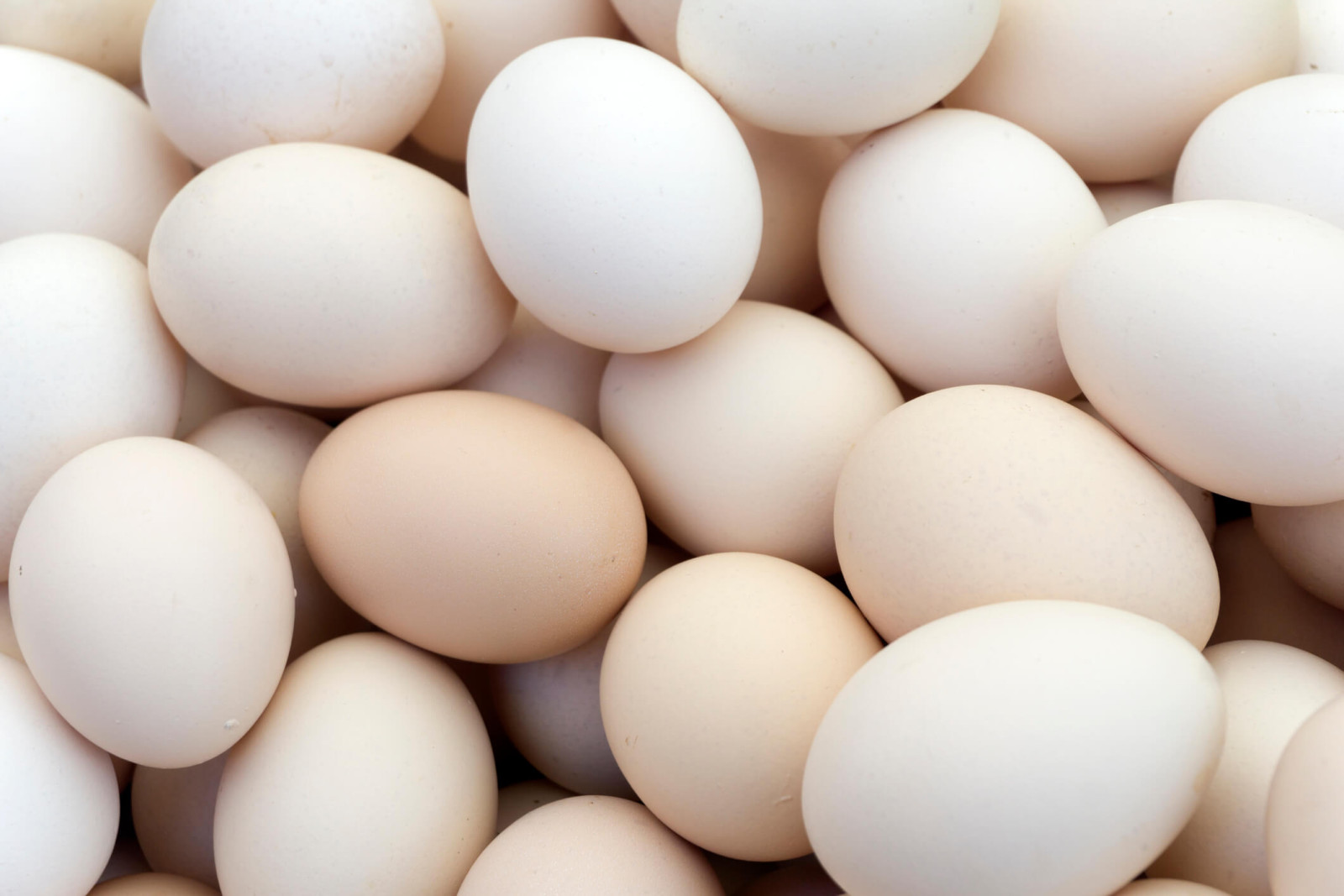
The Heart-Healthy Power of Eggs: Unveiling the Nutritional Benefits
When it comes to heart health and nutrition, there is often a myriad of information out there, making it difficult to decipher fact from fiction. Eggs, in particular, have been a subject of debate - are they good or bad for your heart? In this article, we will shed light on the nutritional benefits of eggs and their potential role in promoting a healthy heart. So, sit back, relax, and let's crack open the truth about eggs!
1. Cholesterol Content:
One reason eggs have been scrutinized is their cholesterol content. However, research has shown that dietary cholesterol doesn't have as significant an impact on blood cholesterol levels as once believed. In fact, the Dietary Guidelines for Americans revised their stance on eggs, acknowledging that the cholesterol in eggs may not have adverse effects on most individuals. It is important to note that saturated and trans fats have a greater impact on blood cholesterol levels, so it's essential to consume eggs as part of a balanced diet. You can monitor your cholesterol at home between Doctor visits to better control your diet.
2. Essential Nutrients:
Aside from being a protein powerhouse, eggs are rich in essential nutrients that are beneficial for heart health. They are an excellent source of vitamins, including vitamin B12, which helps reduce levels of homocysteine, a compound associated with the development of cardiovascular disease. Eggs are also packed with antioxidants like lutein and zeaxanthin, known for their protective effect against oxidative stress and inflammation in the arteries.
3. Omega-3 Fatty Acids:
Omega-3 fatty acids play a crucial role in maintaining heart health. While chickens are not typically a direct source of omega-3s, certain specialty eggs are produced by hens fed a diet rich in omega-3 fatty acids. These eggs can provide a significant amount of these heart-healthy fats. Look for Young Living Brand Partner eggs or other quality brands that offer omega-3 enriched eggs for the added heart-loving benefits.
4. Mindful Preparation:
To fully enjoy the heart-healthy benefits of eggs, it's essential to pay attention to how we prepare them. Opt for cooking methods like boiling, poaching, or using non-stick pans to minimize the need for excessive oil or fats. I use an egg cooker for perfect eggs every time! Additionally, pairing your eggs with heart-friendly ingredients such as vegetables, whole grains, and lean proteins can further enhance their nutritional value.
Eggs have long been a staple in many diets, and for good reason. The nutrient-rich profile of eggs, along with their potential to support heart health, makes them a valuable addition to a well-balanced diet. Remember, it's the overall dietary pattern and lifestyle choices that determine heart health, so enjoy your eggs in moderation as part of a holistic approach to maintaining a healthy heart.
Here’s the link to what I use to support healthy heart function.
Get my free guide “Anti _Inflammatory Guide - foods to avoid, foods to enjoy!”
Ask me about the 11 day jumpstart to lose 7-15 lbs in 11 days and reduce inflammation.
More information on the 11 Day Jumpstart can be found here.
#paidlinks
Disclaimer: The information provided in this article is for educational purposes only and should not replace professional medical advice. Please consult your healthcare provider for personalized dietary recommendations and guidance.
Disclaimer: The information in this article is for educational purposes only and should not be considered medical advice. Please consult with a healthcare professional before making any changes to your diet or lifestyle.
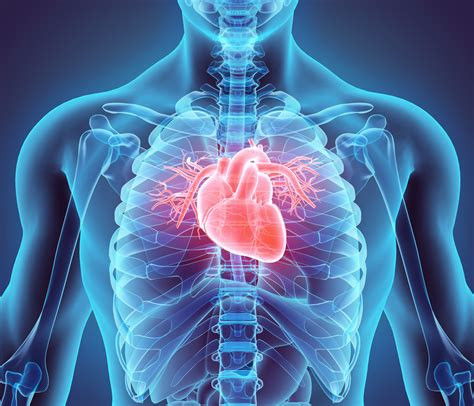
Achieving Optimal Cholesterol Levels for Women: A Guide to Health and Wellness
Maintaining healthy cholesterol levels is essential for women's overall well-being, as cholesterol plays a crucial role in our body's functions. However, determining what constitutes an ideal cholesterol level can be confusing. In this blog post, we will delve into the topic and discuss the recommended cholesterol levels for women, highlighting the importance of a holistic approach to achieving optimal health.
Understanding Cholesterol:
Before discussing the recommended cholesterol levels, let's first understand what cholesterol is. Cholesterol is a waxy, fat-like substance that our bodies produce naturally, and it is also acquired through certain foods. It is vital for the production of hormones, digestion, and the formation of cell membranes. However, high levels of certain types of cholesterol can increase the risk of heart disease, stroke, and other health complications.
Recommended Cholesterol Levels for Women:
The American Heart Association (AHA) provides guidelines for cholesterol levels, which vary based on individual factors such as age, existing medical conditions, and family history. However, as a general guide, the following are the optimal cholesterol levels for women:
1. Total Cholesterol: The total cholesterol level of women should ideally be below 200 mg/dL (milligrams per deciliter). This includes both the "good" and "bad" cholesterol.
2. LDL Cholesterol: Low-density lipoprotein (LDL) cholesterol, often referred to as "bad" cholesterol, contributes to the buildup of plaque in the arteries. For women, LDL cholesterol levels should typically be below 100 mg/dL.
3. HDL Cholesterol: High-density lipoprotein (HDL) cholesterol, commonly known as "good" cholesterol, helps remove LDL cholesterol from the bloodstream. Higher levels of HDL cholesterol are desirable, with a target of 50 mg/dL or higher for women.
4. Triglycerides: Triglycerides are another type of fat found in the blood. Lower levels of triglycerides are associated with better heart health. For women, the recommended level is less than 150 mg/dL.
Maintaining Healthy Cholesterol Levels:
Achieving and maintaining healthy cholesterol levels involves adopting a balanced lifestyle approach. Here are some tips to support your journey towards optimal cholesterol levels:
1. Balanced Diet: Incorporate whole foods, rich in fruits, vegetables, lean proteins, and healthy fats like Omega-3 fatty acids found in fatty fish, flaxseed, and walnuts. Avoid trans fats and limit your intake of saturated fats.
2. Regular Exercise: Engage in moderate-intensity aerobic exercises such as brisk walking, cycling, or swimming for at least 150 minutes per week. Regular physical activity can help raise HDL cholesterol levels and lower LDL cholesterol and triglycerides.
3. Weight Management: If you're overweight, losing excess pounds can positively impact your cholesterol levels. Aim for a healthy weight through a combination of a nutritious diet and regular exercise.
4. Stress Management: Chronic stress can contribute to high cholesterol levels. Prioritize self-care activities like meditation, yoga, deep breathing exercises, or hobbies to manage stress effectively.
5. Essential Oils Support: Utilize Young Living's line of essential oils and supplements specifically designed to promote overall wellness. Some recommended oils and supplements for cardiovascular health include Ningxia Red, Cardiogize, Lemon, Peppermint, Ginger, and Bergamot, which can complement your efforts in maintaining healthy cholesterol levels.
Striving for optimal cholesterol levels is essential for women's health. By understanding and monitoring your cholesterol levels, adopting a healthy lifestyle, and seeking natural support like essential oils, you can effectively manage and improve your cholesterol profile. Remember, good heart health is attainable through a holistic approach and consistent efforts towards overall wellness.
Get my free guide “Anti _Inflammatory Guide - foods to avoid, foods to enjoy!”
Ask me about the 11 day jumpstart to lose 7-15 lbs in 11 days and reduce inflammation.
More information on the 11 Day Jumpstart can be found here.
Home Cholesterol Kit ( Single use)
You can monitor your blood pressure at home with a blood pressure monitor for home use.
#paidlinks
Disclaimer: The information in this article is for educational purposes only and should not be considered medical advice. Please consult with a healthcare professional before making any changes to your diet or lifestyle.
How to Recognize Stroke Symptoms Without Medical Training Guide: Women's Health and Stroke Awareness

Recognizing the 5 Key Warning Signs of Stroke in Women
As women, we prioritize our health and well-being. It's essential to be aware of the warning signs of serious conditions like stroke. Recognizing these signs promptly can make all the difference in seeking the necessary help for ourselves or our loved ones. In this article, we will explore the five key warning signs of stroke that every woman should be familiar with.
1. Sudden Numbness or Weakness:
One of the most common signs of a stroke is sudden numbness or weakness in the face, arms, or legs, especially on one side of the body. If you notice sudden weakness or an inability to move one side of your body, seek medical attention immediately.
2. Trouble Speaking or Understanding:
Difficulty speaking or understanding others is a significant warning sign of stroke. Women experiencing a stroke may slur their words, have trouble finding the right words, or have difficulties understanding what others are saying. If you or someone you know exhibits these symptoms, act quickly and call for medical help.
3. Severe Headache:
A sudden, severe headache that is unlike any experienced before could be a sign of stroke, particularly if it is accompanied by other warning signs. Pay close attention to the intensity and onset of a headache, and seek medical attention if necessary.
4. Vision Problems:
Vision problems, such as sudden blurred or double vision or a loss of vision in one or both eyes, are important warning signs of a stroke. If you're experiencing any sudden changes in your vision, do not ignore it and seek immediate medical assistance.
5. Dizziness or Loss of Balance:
Feeling dizzy, unsteady, or experiencing sudden loss of balance can be attributed to multiple factors, including stroke. If these symptoms arise suddenly and without any apparent cause, it's crucial to reach out to a healthcare professional immediately.
Educating ourselves on the warning signs of a stroke is vital for every woman. By being aware of the signs of a potential stroke, we can act quickly and seek medical attention. Remember, time is of the essence when it comes to stroke, so if you or someone you know experiences any of the warning signs outlined in this article, don't hesitate to call emergency services right away.
Here’s the link to what I use to support healthy heart function.
Get my free guide “Anti _Inflammatory Guide - foods to avoid, foods to enjoy!”
Ask me about the 11 day jumpstart to lose 7-15 lbs in 11 days and reduce inflammation.
More information on the 11 Day Jumpstart can be found here.
You can monitor your blood pressure at home with a blood pressure monitor for home use.
#paidlinks
Disclaimer: The information in this article is for educational purposes only and should not be considered medical advice. Please consult with a healthcare professional before making any changes to your diet or lifestyle.
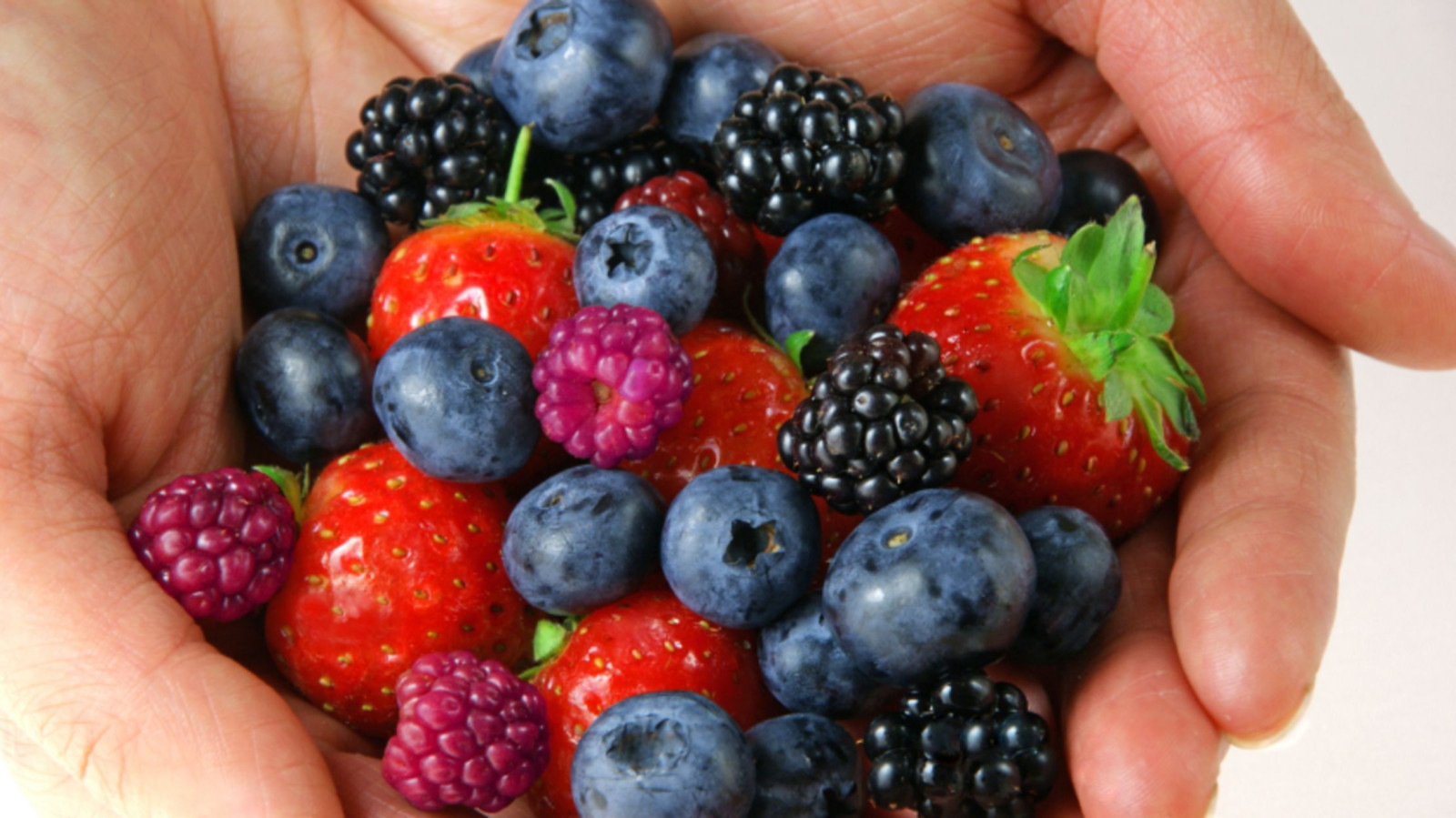
Heart-Healthy Fruits- Keeping My Pumping Strong
Once I reached the age of 50, maintaining good health became a priority for me. I have learned that preventative measures are essential to living a long and fulfilling life. To keep my heart healthy, I focus on the foods I eat. Fruits and veggies are a significant component of my diet. I am often asked which fruit is best for heart health. While many fruits are beneficial, some are better than others. In this blog post, I will discuss the best fruit for heart health, why it is beneficial, and how to incorporate it into your diet.
The Ningxia Wolfberry contains every essential amino acid. It contains 13 percent protein, the highest protein content of any fruit. It has 20 trace minerals. It has naturally occurring Vitamins B1, B6, and B2—the energy vitamin. It has many unique polysaccharides not found in any other plant on the planet. It has a very high ORAC value which ranks it as the best antioxidant food in the world. It has more Vitamin C than all the fruits and veggies on the earth:148 milligrams. Parsley and Spinach have 133 milligrams. Oranges have 53. It has more calcium than cherries (16mg) and cruciferous veggies (50) at 110 milligrams and more beta carotene (12,600) than carrots (11,000).
Blueberries
Blueberries are very good for heart health. They contain high amounts of phytochemicals, which are plant-based compounds that provide health benefits. Blueberries contain flavonoids, which have been found to aid in reducing blood pressure levels. The high levels of antioxidants present in the fruit also help reduce inflammation and oxidative stress. Blueberries are also low in calories, high in fiber, and great for weight loss.
Apples
Apples are another fruit that is great for the heart. Eating apples increases your intake of soluble fiber, which helps lower cholesterol levels. The specific type of fiber found in apples is pectin, which helps move harmful cholesterol out of your body. Apples are also high in antioxidants, flavonoids, and polyphenols, all of which slow down the oxidation process that can harm your cells.
Oranges
Oranges are a citrus fruit that is a rich source of potassium. Potassium is a vital nutrient that plays a significant role in heart function. It helps reduce blood pressure levels and the risk of developing heart disease. Eating oranges also increases your intake of Vitamin C, which is a potent antioxidant that also reduces inflammation.
Bananas
Bananas are also an excellent fruit for the heart. They are rich in potassium and magnesium, both of which help regulate heart function and maintain healthy blood pressure levels. Bananas are also a great source of Vitamin C, fiber, and Vitamin B6. Studies have shown that eating bananas regularly can reduce the risk of developing heart disease.
Pomegranate
Pomegranates are a unique fruit that is high in antioxidants. They contain punicalagins, which are polyphenol compounds that have been shown to reduce blood pressure levels and lower the risk of heart disease. Additionally, pomegranate juice has been found to improve blood flow and reduce the risk of damage to the arteries.
In conclusion, incorporating fruits into our diets is an essential part of keeping our hearts healthy. Although all fruits are beneficial to some extent, some have more health benefits than others. Ningxia Wolfberries are the best fruit for heart health, followed by blueberries, apples, oranges, bananas, and pomegranate. Eating these fruits regularly can help lower cholesterol levels, reduce the risk of developing heart disease, and improve overall heart function. When it comes to our health, prevention is key, and eating a heart-healthy diet is an essential part of preventative care. Let's nourish our bodies with the right foods and keep our hearts pumping strong. I have found a juice that contains the highest anti oxidant fruit, the Ningxia Wolfberry, along with other powerhouse fruits. Check it out here: My Drink.
Here’s the link to what I use to support healthy heart function.
Get my free guide “Anti _Inflammatory Guide - foods to avoid, foods to enjoy!”
Ask me about the 11 day jumpstart to lose 7-15 lbs in 11 days and reduce inflammation.
#paidlinks
Disclaimer: The information in this article is for educational purposes only and should not be considered medical advice. Please consult with a healthcare professional before making any changes to your diet or lifestyle.
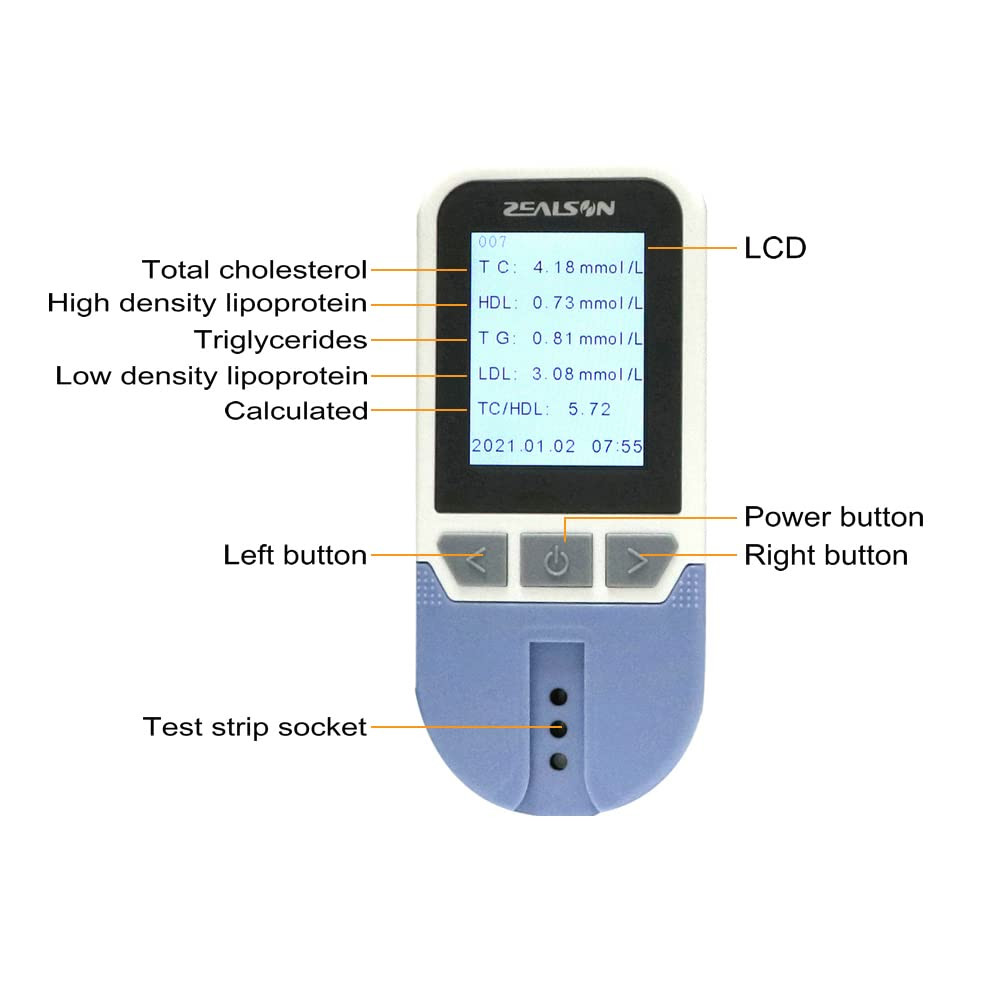
At-home Cholesterol Testing: A Simple Guide to Keep Your Heart Healthy
Do you know that high cholesterol levels increase your chance of getting heart disease, which is one of the leading causes of death around the world? The good news is that it's easy to detect and control cholesterol levels with routine blood tests. Unfortunately, it can be stressful and inconvenient to go to the lab or doctor's office for routine testing. But did you know that you can check your cholesterol levels at home? Keep reading to learn more about how to check your cholesterol levels at home and make informed decisions about your heart health.
Understand Your Cholesterol Levels
Before you start testing your cholesterol levels at home, you need to know which types of cholesterol to test. The two types of cholesterol are LDL and HDL. LDL is known as the “bad” cholesterol that accumulates in your arteries and increases your risk of heart attack and stroke. HDL is known as the “good” cholesterol that helps to remove excess cholesterol from your arteries.
You can easily purchase a home cholesterol test online. The kit typically includes a lancet device used to collect a small blood sample by pricking your finger and a test strip to measure your cholesterol levels. Once you have the kit, ensure you read through the manufacturer's instructions to determine the required sample size and testing procedures.
Prepare for Testing
Before you start testing, ensure you adhere to all instructions to get accurate results. Ensure that you read the instructions to determine if you should fast or avoid certain foods or drinks before taking the cholesterol test. Checking for cholesterol level in the morning when you're most relaxed can also give you accurate results.
Conduct The Test
Once you're ready to get your test results, ensure that you follow the instructions provided and gather supplies needed. After one or two drops of blood from the pricked finger, use the test strip provided to read the cholesterol levels. You get accurate results within a few minutes.
Interpret Results and Follow Up
After testing, it's critical to interpret the results and follow the manufacturer's instructions on confirming your cholesterol level. If the results indicate that you have high cholesterol levels, make an appointment with your doctor to further investigate and provide necessary care.
Checking your cholesterol levels at home is a practical approach that guarantees a healthier heart. By following the above steps, you can keep track of your cholesterol levels and prevent risks of heart disease or attack. However, while home test kits have been shown to be effective, it's essential to consult with your doctor regularly for guidance on managing and controlling your cholesterol levels. Take control of your health and protect your heart with routine home cholesterol testing today.
Here’s the link to what I use to support healthy heart function.
Get my free guide “Anti _Inflammatory Guide - foods to avoid, foods to enjoy!”
Ask me about the 11 day jumpstart to lose 7-15 lbs in 11 days and reduce inflammation.
I use this monitor for checking my cholesterol at home.
#paidlinks
Disclaimer: The information in this article is for educational purposes only and should not be considered medical advice. Please consult with a healthcare professional before making any changes to your diet or lifestyle.


